Hi-tech transfers by foreign firms remain a pipe dream

Many Vietnamese economists said technology transfer by FDI firms in Vietnam was very poor
Photo: Le Toan
“This suggests that technology transfers are taking place primarily between domestic firms. This also suggests that foreign direct investment (FDI) may not be required for learning to take place between firms,” stated the survey conducted over nearly 7,900 local and foreign firms in Vietnam.
Commenting on this, local economist Pham Chi Lan cited South Korea’s Samsung Electronics Vietnam as a typical example. Samsung earned the export turnover of $23.9 billion last year, which is expected to increase to $35 billion this year.
“However, almost no technology transfers can be seen from Samsung to Vietnam,” Lan said.
Of nearly 60 suppliers of Samsung in the northern province of Bac Ninh, only a few local firms provide the giant with basic supplies such as packaging.
Last December the same survey of 7,887 local and foreign firms was released based on figures from 2012. Samsung was cited by Carol Newman, a senior economist from Ireland’s Trinity College Dublin that had worked with the Central Institute of Economic Management (CIEM) conducting these surveys, as a typical example of giving almost no technology to local firms.
Under this 2012 survey, 70.8 per cent of the technology transferred to domestic firms also came from other domestic firms.
“Technology transfers from foreign firms are important, but not as important as from local firms,” the survey stated.
Professor John Rand from University of Copenhagen, which co-conducted the surveys, explained that when doing business in Vietnam, foreign firms directly competed with local firms in many ways, and as part of maintaining their competitive edge they obviously refused to transfer technology to local firms.
“As a result, such transfers are largely seen among local firms,” Rand said. “Vietnam’s dream of attracting foreign high technology this way seems a fallacy.”
Lan suggested that Vietnam should redesign its FDI-attraction policies, in which incentives should be given to firms vowing to transfer new technologies to local firms during their operations.
For example, she said, Samsung was entitled to a 10 per cent corporate income tax (CIT) exemption for the first four years of operations and a 50 per cent reduction for another nine years.
“Meanwhile, CIT for local firms is 22 per cent, which is too high in comparison. Viettel has also asked the government for the same incentives Samsung enjoyed but failed,” she said.
However the 2013 survey revealed that only 1 per cent of local firms conducted technological research or upgrades, 3 per cent improved technology without research, 5 per cent conducted research without upgrades, and 90 per cent made no effort at all to modernise.
Vietnam National Fatherland Front Chairman Nguyen Thien Nhan told the National Assembly that 88 per cent of Vietnam’s firms used low and medium-grade technology and only 2 per cent used high technology.
During 2001-2011 in Vietnam, only 0.5 per cent of gross domestic product was earmarked for scientific and technological development. Meanwhile, the rate increased from 0.47 to 1.07 per cent for Malaysia, from 0.95 to 1.84 per cent for China, and from 2.47 to 4.07 per cent for South Korea.
What the stars mean:
★ Poor ★ ★ Promising ★★★ Good ★★★★ Very good ★★★★★ Exceptional
Latest News
More News
- Levelling up green logistics requires a helping hand (April 24, 2024 | 14:19)
- MPI meets with Nvidia vice president to discuss AI and semiconductor cooperation (April 24, 2024 | 14:14)
- Negotiations over payment agreement for LNG power stuck in deadlock (April 23, 2024 | 18:02)
- Masan completes $250-million equity raise from Bain Capital (April 23, 2024 | 17:37)
- Amata City Ha Long marks six years of development (April 23, 2024 | 17:00)
- Taiwan's Giant Group to build $120 million bicycle factory in Binh Duong (April 23, 2024 | 15:02)
- Nvidia delegation to explore opportunities in Vietnam (April 23, 2024 | 08:30)
- China's BOE builds $275 million electronics factory in Ba Ria-Vung Tau (April 22, 2024 | 10:44)
- Suntory PepsiCo breaks ground on its largest Asia-Pacific plant in Vietnam (April 22, 2024 | 08:53)
- New Hope ceases Binh Dinh pig-breeding project (April 19, 2024 | 18:34)

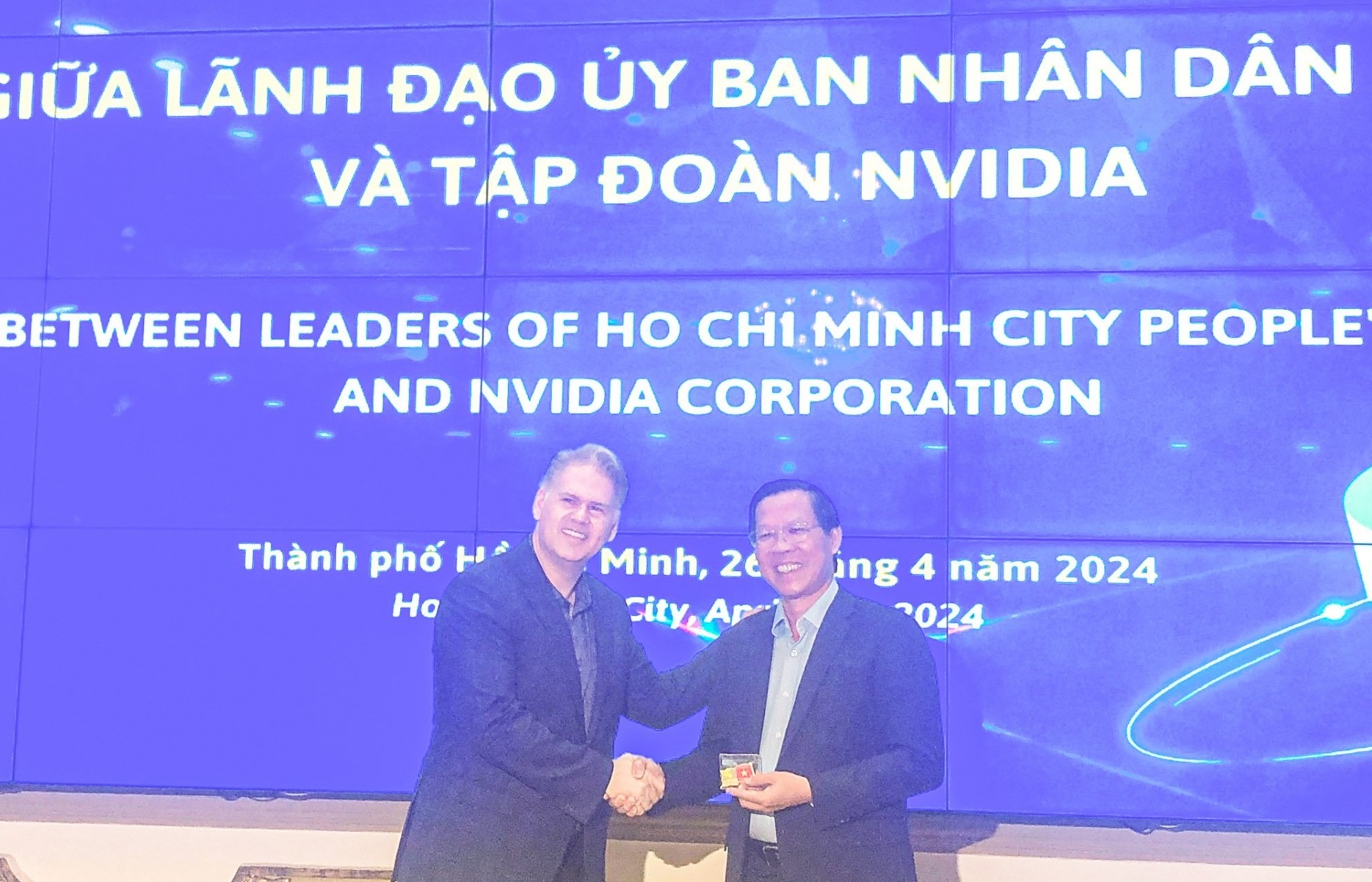
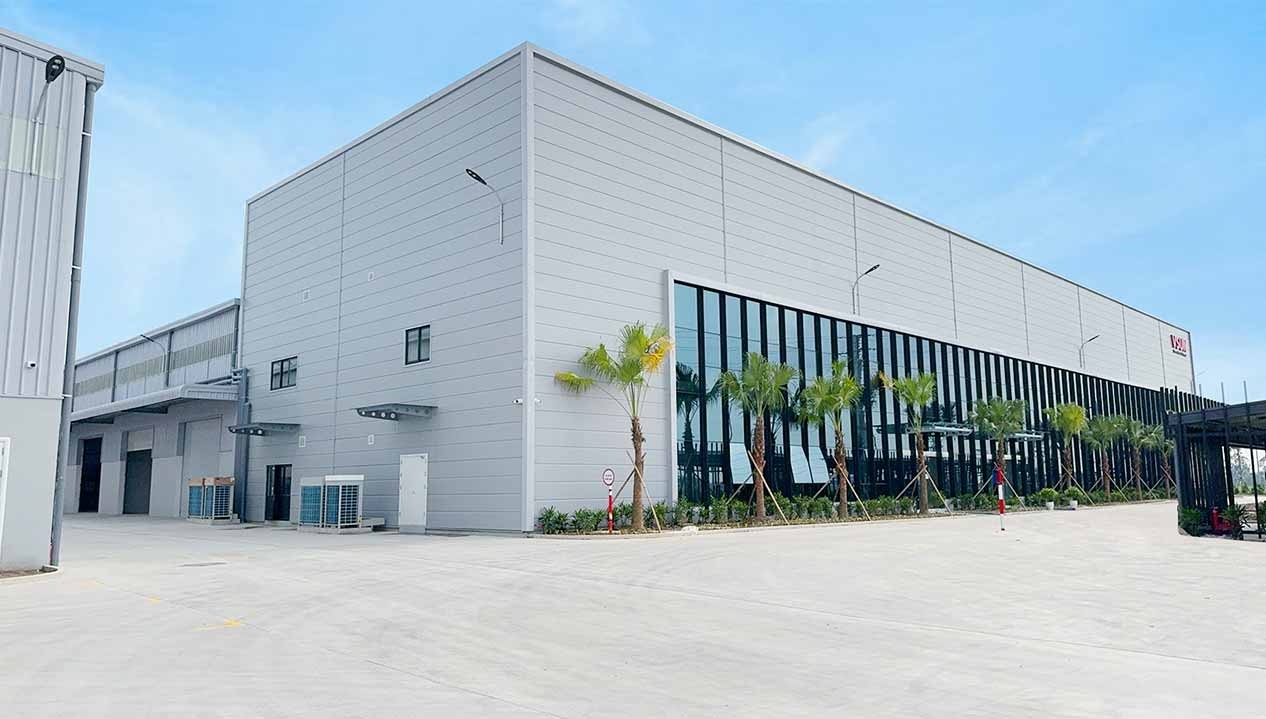
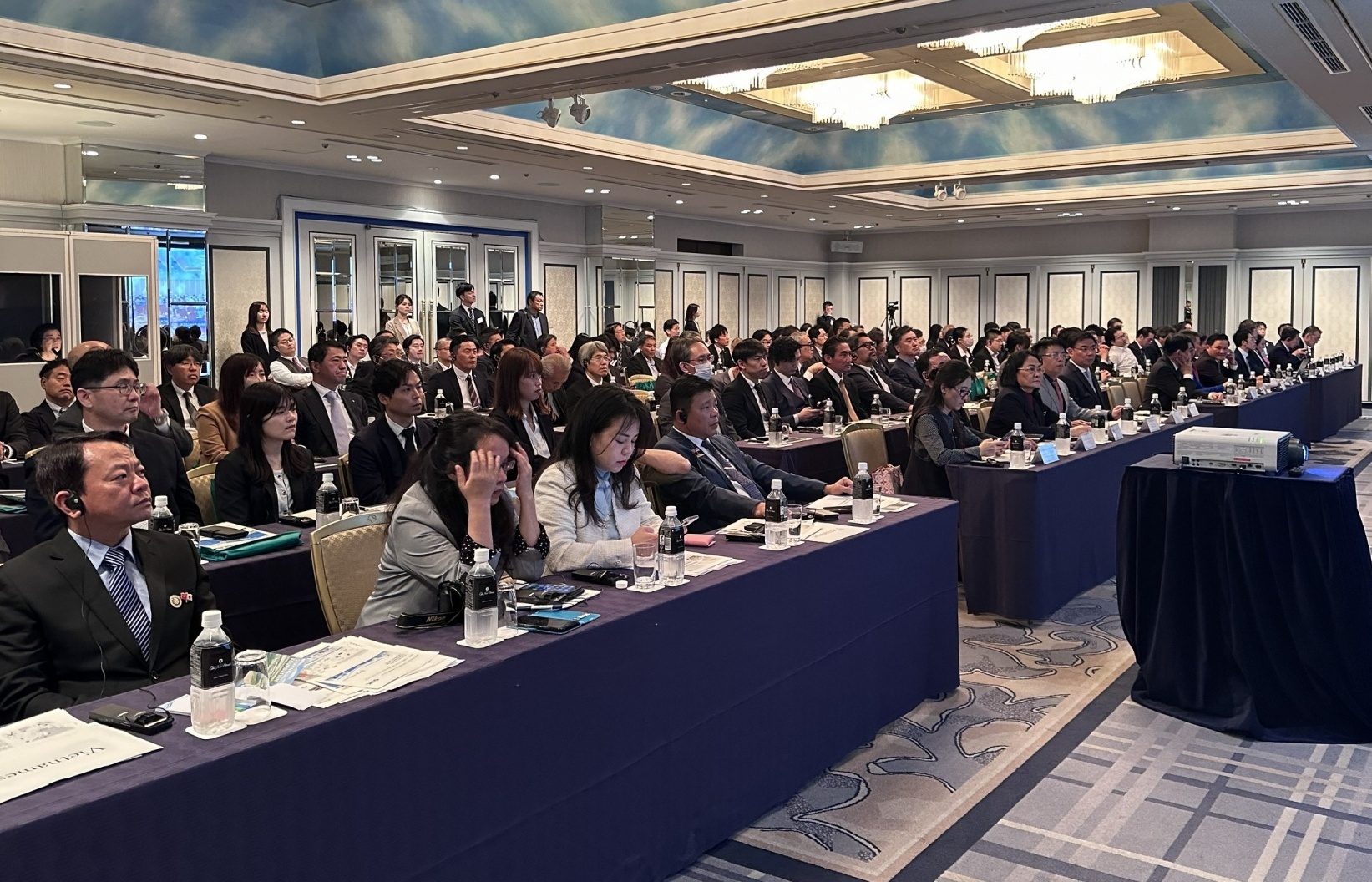
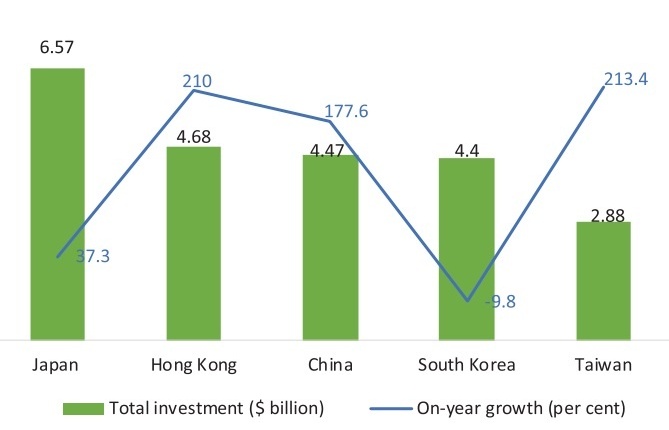
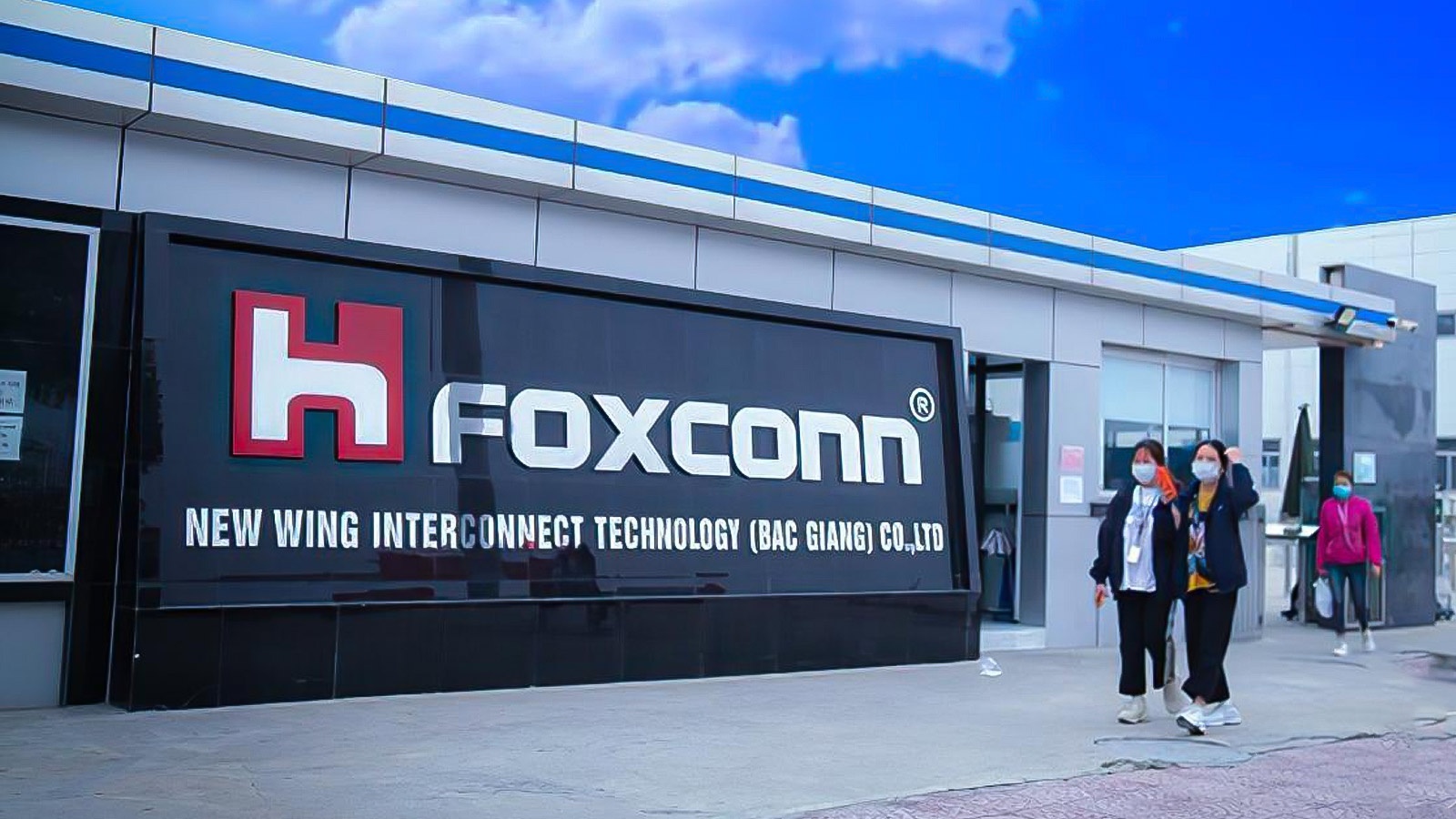




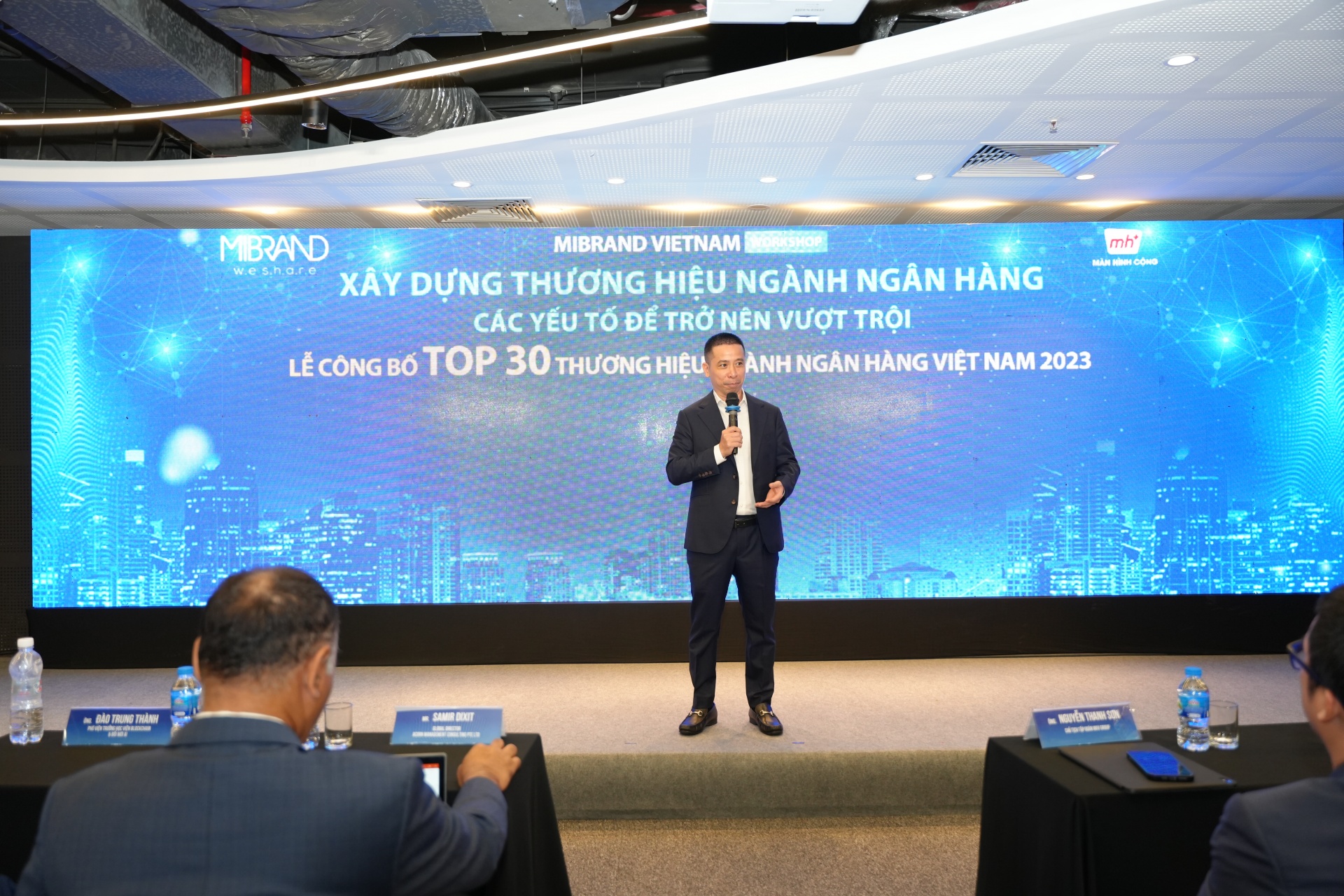



 Mobile Version
Mobile Version